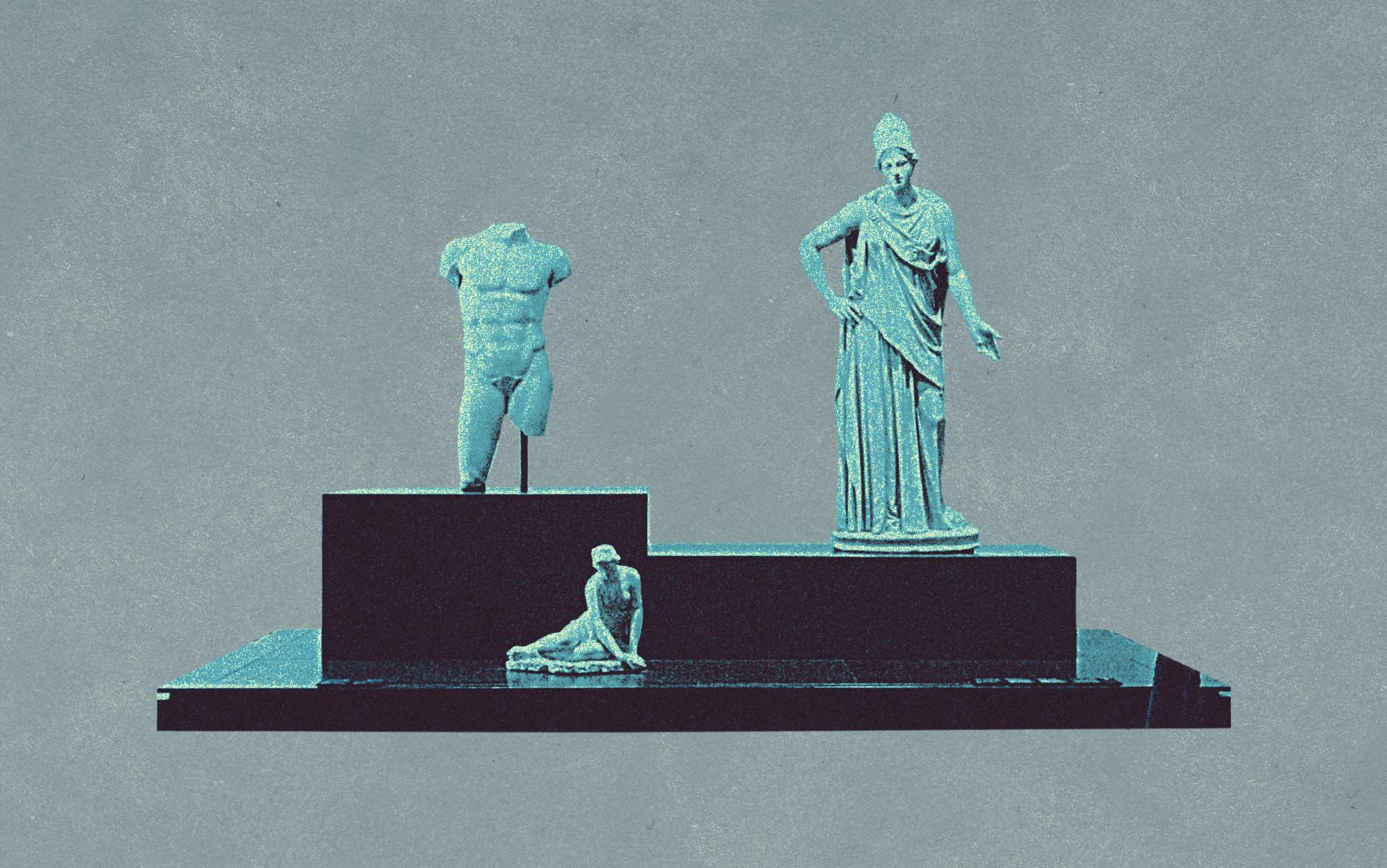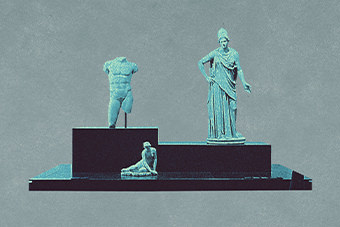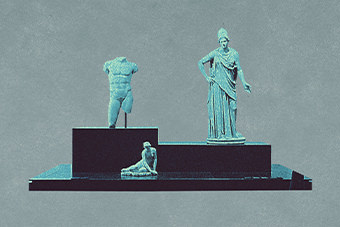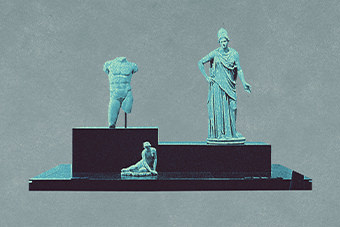The Odisha State Museum began as a small nucleus of archives when historians N.C. Banerjee and Ghanshyam Dash of Ravenshaw College, Cuttack, started to collect, curate, and organise archaeological finds from the area. The genesis of the museum happened within the college, but in 1938 the government intervened and transformed this archive into the Provincial Museum of Odisha. A committee of management was organised, which consisted of the principal, the head of history department, along with three other professors.
During its inception, the department of history carried a sustained effort to encourage visitors through distribution of leaflets and promotions in daily heralds such as the Samaja and the New Orissa to explain the cultural significance of having such a collection. An archaeological museum in the beginning, with its unique collection of sculptures, terracotta, numismatics, copper plates and specimens of fine arts, the museum had to create a catalogue and reorganise its archive to incorporate incoming additions.
When the state capital shifted from Cuttack to Bhubaneswar in 1948, the Provincial Museum shifted along with it. In 1957, Dr Rajendra Prasad, the then president of India, laid the foundation stone for a new building and Dr H. K. Mahtab, the then chief minister of Odisha took the initiative of transforming it into an institution dedicated to art, knowledge, and history of Odisha. The museum is now located near Lewis Road, Kalpana Square, BJB Nagar, Bhubaneswar.
The museum is divided into eleven sections, and is dedicated to numerous fields such as Archaeology, Anthropology, Epigraphy, Numismatics, Armoury, Mining & Geology, Natural History, Art and Craft, Contemporary Art, Patta Painting, and Palm Leaf Manuscripts. The main attraction of the museum, however, is the Manuscript Gallery which houses some of the rarest and oldest palm-manuscripts in the country. At the museum INTACH works on preserving ancient manuscripts engraved on palm leaves. The museum even offers an online catalogue for the same. Some of the illustrated manuscripts include the Gitagobinda, the Ushavilasha, the Amarusataka, amongst others. A 15th century palm leaf manuscript depicting the Abhinaba Gitagobinda can also be found in the collection. The museum collection also includes sculptures from the Gandhara School, along with specimens from all over the country which have been subdivided into Buddhist, Jain, and Hindu motifs. In 2017, the State Museum dedicated an audio-visual showcase to commemorate 200 years of the Paika revolution, when the warrior clan led an uprising against British imperialism.
More Information
Getting there
Road: Nearest bus stop is the Kalpana Square
Average duration of visit
1-2 hours
Best time of the day to visit
Most Crowded: 12 pm - 3 pm
Least Crowded: 10 am - 12 pm
Museum administered by
State Government
Website
Updated
Quick Facts
Address:
Lewis Road, Kalpana Square, Bhubaneswar, Odisha - 751014
Visiting Time:
Sunday: 10 am - 5:30 pm
Monday: Closed
Tuesday: 10 am - 5:30 pm
Wednesday: 10 am - 5:30 pm
Thursday: 10 am - 5:30 pm
Friday: 10 am - 5:30 pm
Saturday: 10 am - 5:30 pm
The Museum remains closed on public holidays.
Entry Fees:
Adults(Indian nationals): Rs. 20/-
Students (Indian nationals): Rs. 10/-




